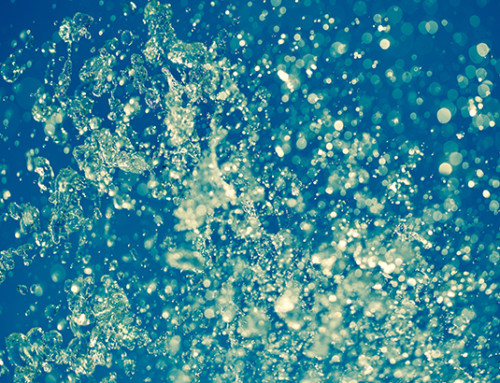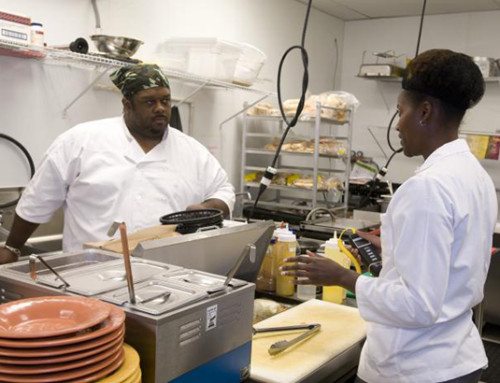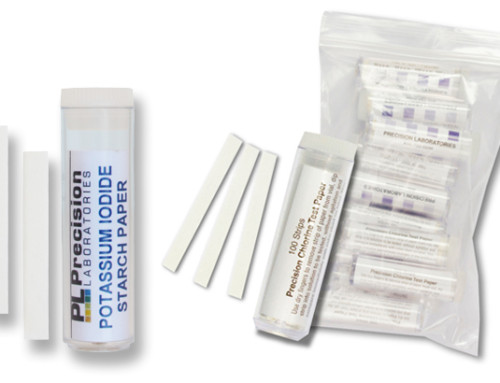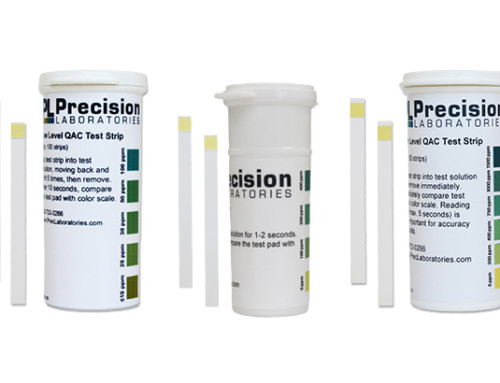If you’ve never done this before, it can initially be confusing trying to determine how to dilute chlorine bleach to get 50ppm (parts per million) or whatever disinfection level is needed in your particular situation. Let us give you some insight.
Typical household bleach contains 5.25% chlorine, which is free to react with water during the disinfection process. If you don’t use enough bleach, you may not eliminate bacteria, and if you use too much bleach, you may create a taste and odor problem.
In order to determine how much bleach to add, first you need to read the bottle of bleach you’re using to find out exactly what percent chlorine it contains. Then, you must know the volume of the container being disinfected.
Let’s say your container is a 5 gallon bucket, and your desired ppm level is 50ppm. Here is how you would determine how much bleach to add:
- Multiply 5 gallons x 50ppm
- 5 x (50/1,000,000) = .00025 gallons of chlorine (This is the amount of pure chlorine you would need to add to get 50 ppm.)
- Remember that bleach is only 5.25% chlorine, ie, 1 gallon of bleach = .0525 gallons of chlorine.
- So, in this example, .00025 gallons / 0.0525 = .0048 gallons of bleach.
We’re guessing you don’t want to measure out .0048 gallons of bleach, so let’s convert that into something more manageable.
One gallon has 128 ounces, so if you’re measuring in ounces, multiply .0048 gallons x 128 ounces = .6144 ounces. One gallon is also equal to 16 cups, so if you’re measuring in cups, multiply .0048 gallons x 16 cups = .0768 cups. One gallon equals 256 Tablespoons, so multiply .0048 gallons x 256 tablespoons = 1.23 Tablespoons. Etc, etc, etc. Obviously, the larger container and the higher the chlorine concentration, the larger measuring tool you’ll use, and vice versa. Just Google conversion factors, and you’ll be good to go.
If you are working in metric units, it’s easiest to remember that 1 ppm = 1 milligram/Liter.
Check out our video below on using our chlorine test papers and strips to test chlorine solutions.
And our last tip for today, is to read the bottle of disinfectant carefully for dilution instructions and so forth. For further information on a specific product, you can always visit the EPA’s website, enter the registration number, and view details about the product. Below the details, you will find a PDF with the date the product was registered by the EPA. If there is a list, the PDF at the top of the list will show the most recent approval. If you click on the most recently approved PDF to open it, you can then scroll down to the section that shows the direction for using the product as a sanitizer or disinfectant.
That’s it for today’s lesson!







Leave A Comment